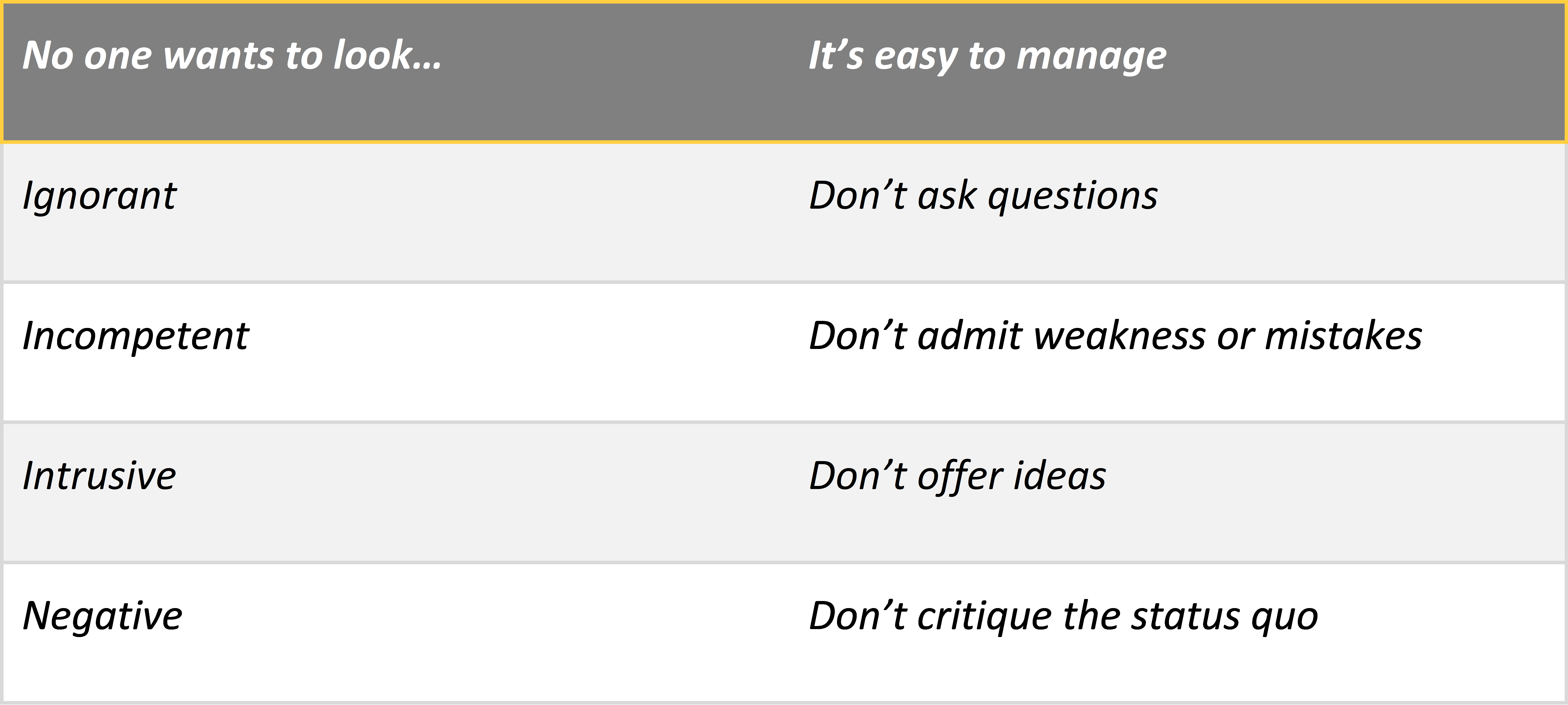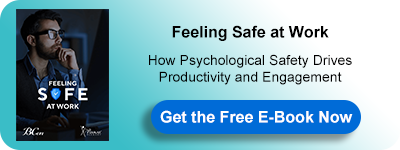"Psychological Safety Does Not Mean Being too Nice!"
It is pretty common in business for a company to label itself as psychologically safe whereas the actions taken by its people reflect the opposite. Some companies may make the mistake of believing that to create a safe environment everyone needs to be “too nice.” Managers and employees start to avoid giving correct feedback as to avoid criticism or judgment.
In the words of Amy Edmondson in her book The Fearless Organization, “Psychological safety isn’t about being nice…isn’t a personality factor…isn’t just another word for trust…isn’t about lowering performance standards.” It’s very easy to put it in the ‘soft skills’ bucket (which I firmly don’t believe in and am always surprised when I find it still in use — soft skills are the hardest and most valuable skills you can use) and see it as a nice to have. This would be an error.1 The table below shows the pitfalls that individuals may fall in thinking they are keeping the environment safe!

In order to develop a solid understanding of psychological safety, we need to understand what psychological safety is not. As quoted by Edmonson, “psychological safety is not about lowering performance standards.” Managers and even employees believe that by giving people the opportunity to speak up, encouraging productive conflict, and eliminating impression management people will somehow pull their noses away from the technical work. Worse, there is a widespread idea that when control is given up by the leader to the group will result in some form of chaos will occur.
However, psychological safety is a gateway to enhanced performance and productivity. Psychological safety is not the easy option; it requires a shift in mindset and team behavior.
Team-building activities to improve psychological safety2
Since psychological safety has proven to be of great importance, let us explore three interesting team-building activities that could be done to promote psychological safety within the workplace.
1. Play a game of “Just Like Me” to practice empathy
Developed by Paul Santagata, head of industry at Google, this team-building activity requires that employees recite statements, followed by the phrase “just like me” (e.g., “This person wants to feel respected, appreciated, and competent, just like me”). This allows employees to show support and empathy for one another, which are both needed to increase psychological safety at work.
2. Host an “anxiety party” to practice vulnerability
Once practiced by a team at Google Ventures, ask your employees to write down their biggest anxieties and then have everyone rank their concerns in order from most to least worrisome. When that’s done, ask them to share the list with their teammates, who can provide feedback and perspective. This helps teams practice honesty, encourages them to acknowledge their own insecurities, and even find alignment on how to move forward with projects or learn which ones need to be prioritized over others.
3. Make flashcards to practice speaking up
Tom Carmazzi, CEO of manufacturing corporation Tuthill, uses index cards to create a safe space in his meeting rooms. Have employees write down their thoughts about the topic at hand on 3-by-5-inch cards. Provide big, bold pens so comments are brief, and then stick the cards to the wall. This gives everyone a chance to share their opinions and goals, and sets the stage for coworkers to ask “clarifying, non-leading questions” for more insight.
1https://medium.com/@ffion_68670/psychological-safety-is-not-nice-d937b16a63ac
2https://slackhq.com/psychological-safety-building-trust-teams
For more about this topic, download our latest book "Feeling Safe at Work" for FREE:
